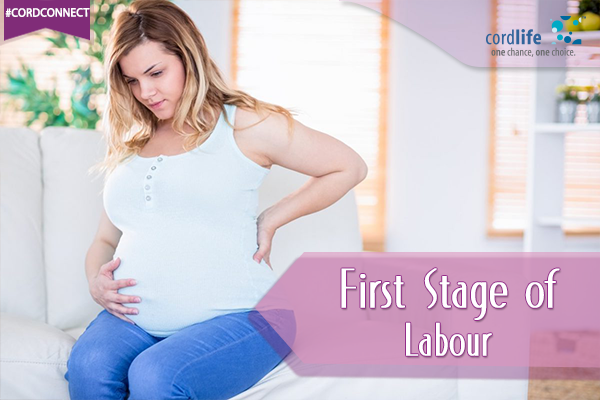Table of Contents
Labour experience differs from pregnancy to pregnancy. For some, it may end in a matter of hours. For others, it may not be that easy and it can absolutely test the mother’s physical and emotional strength.
Whilst it’s difficult to ascertain the sequence of events during labour and childbirth but one can still have an understanding of how things are going to be.
Stage 1: Early and Active Labour
When you start feeling regular contractions, that may be termed as the start of the first stage of labour. During this time, the cervix dilates to open up and in the process becomes thin, soft and shortened. This helps the baby to proceed towards the birth canal. The first stage of labour is actually lasts the longest and in turn can be segregated into two segments – early or the latent labour phase and active labour.
Early Labour
You will feel mild and irregular contractions when your cervix dilates and effaces during the early stage of labour. There might be a clear, pink or somewhat bloody excretion from your vagina which is most likely the mucus plug that acts as a blockade to the cervical opening. The duration of early labour is variable. For the first timers, the length of early labour may fluctuate from hours to days. However, for subsequent pregnancies, the duration is often shorter.
For pregnant women, early labour stage is one of the difficult and uncomfortable. However, you can try and make it comfortable by:
- Walk around the room
- Indulge yourself in a leisurely bath or a shower
- If you love music, that’ll help you to relax
- Try some of the breathing and relaxation technique you’ve been taught in the birthing class
- Change your position frequently
During this time, if your water breaks or there is excessive vaginal bleeding, then contact your healthcare provider immediately.
Active Labour
Now begins the actual labour. Whilst you go through active labour, the cervix dilates from 6cm to 10 cm. You may go through cramps and nausea along with stronger and regular contractions. Your water might break during this time. If not, you will feel extreme pressure on your back. If you’ve not reached the birthing centre yet, head in that direction at once.
At this stage, the pain intensifies. Consult with your healthcare provider regarding the usage of pain medication or anaesthesia. The period of active labour can last up to 8 hours or more. The cervix dilates around 1cm per hour during this time. To tackle the pain, follow deep breathing and relaxation techniques. To make this stage slightly more bearable, do the following:
- Change positions unless you and the baby are being closely monitored
- If there’s a birthing rubber ball, then have a roll-on
- Walk around but stop and breathe through the contractions
- Indulge in a gentle massage
The transition period of the active stage of labour lasts between 15 to 60 minutes. At this time, the contractions are 60 to 90 seconds apart and you may encounter pressure on your lower back and rectum. If you are not fully dilated, your healthcare provide may ask to hold back from pushing as going for it too soon may cause tiredness and cervix to swell in turn delaying delivery.
You are almost there. In time, this preparation and pain is going to pay off, when you have your baby in your arms.
